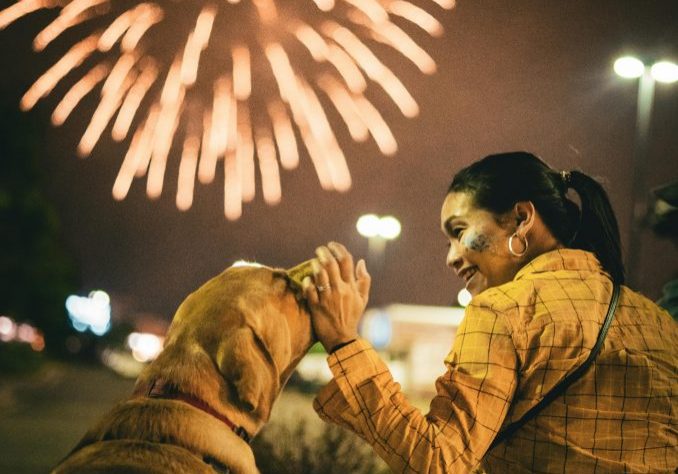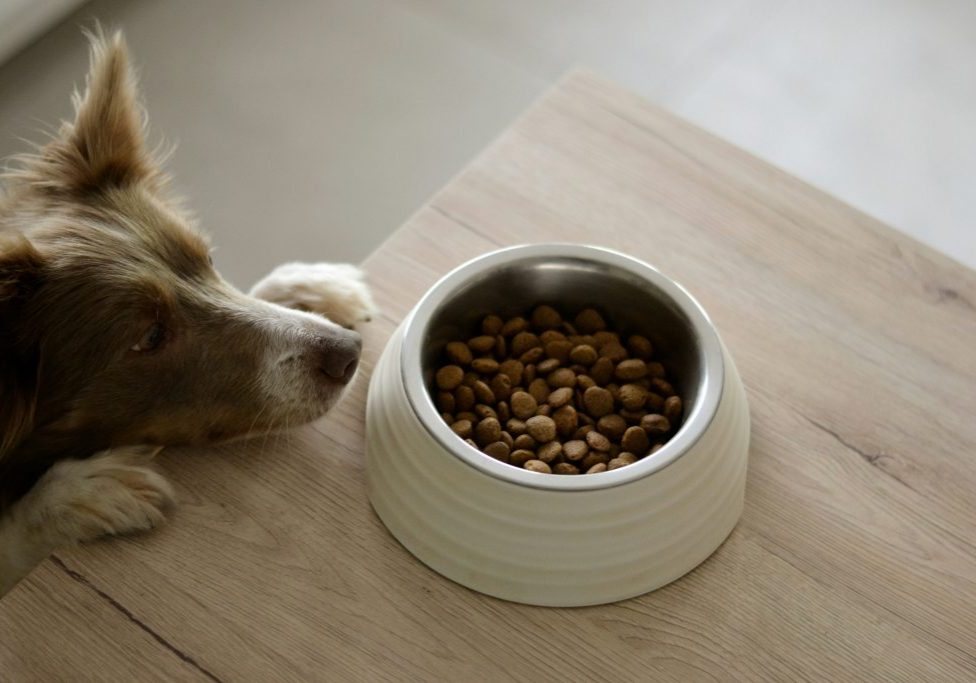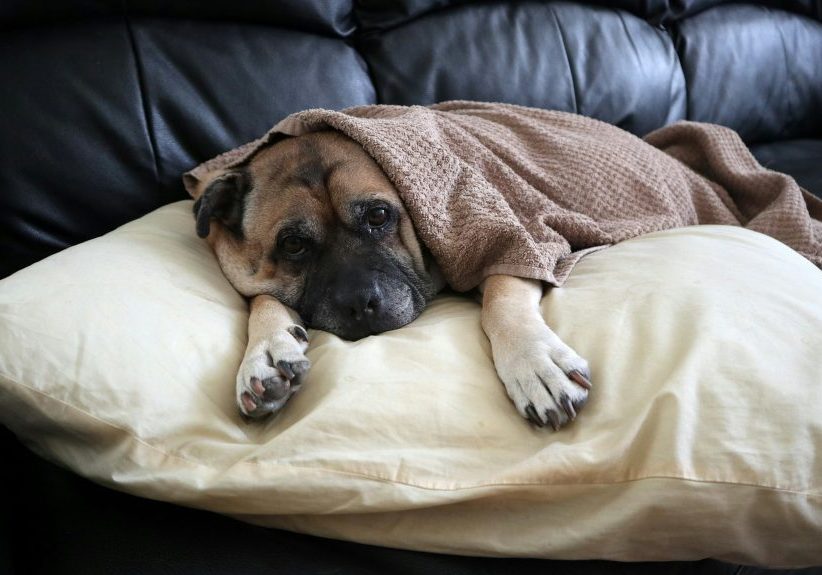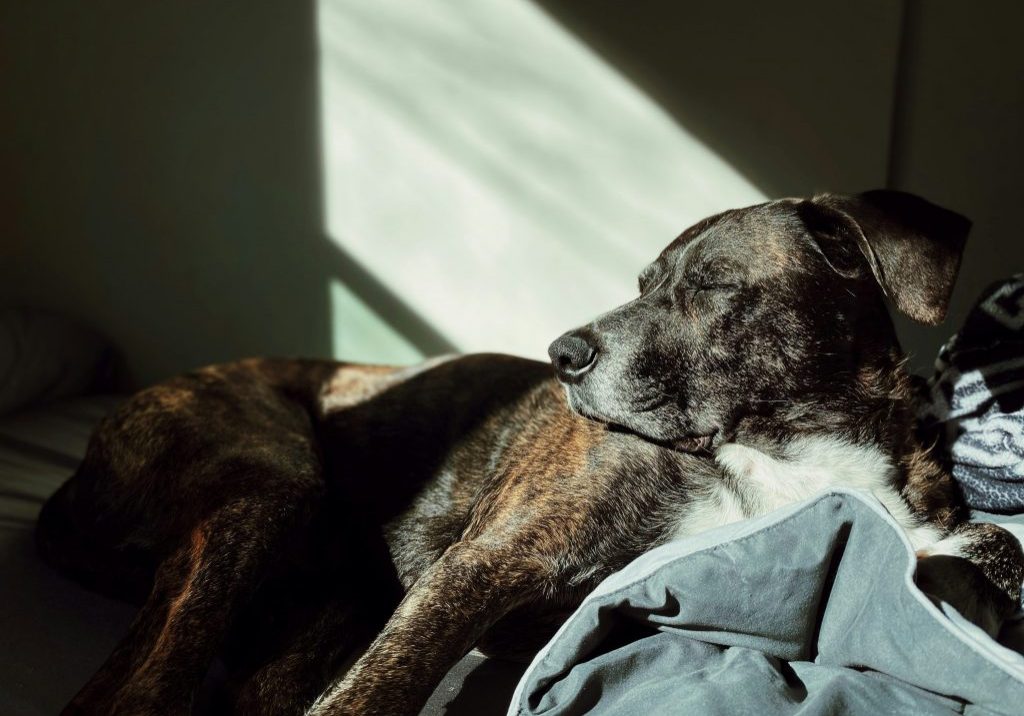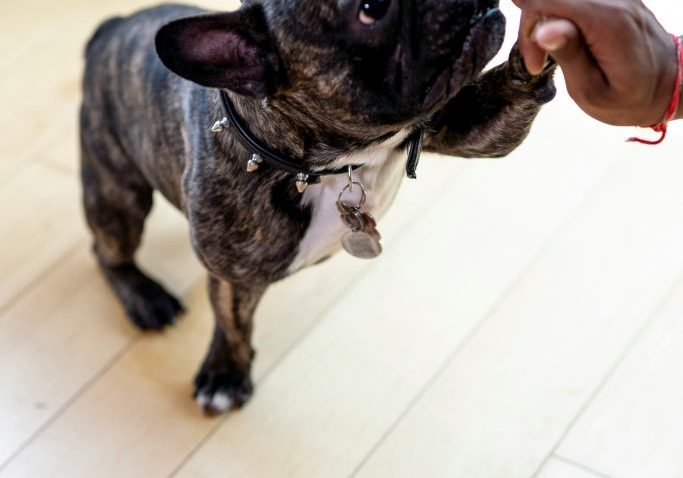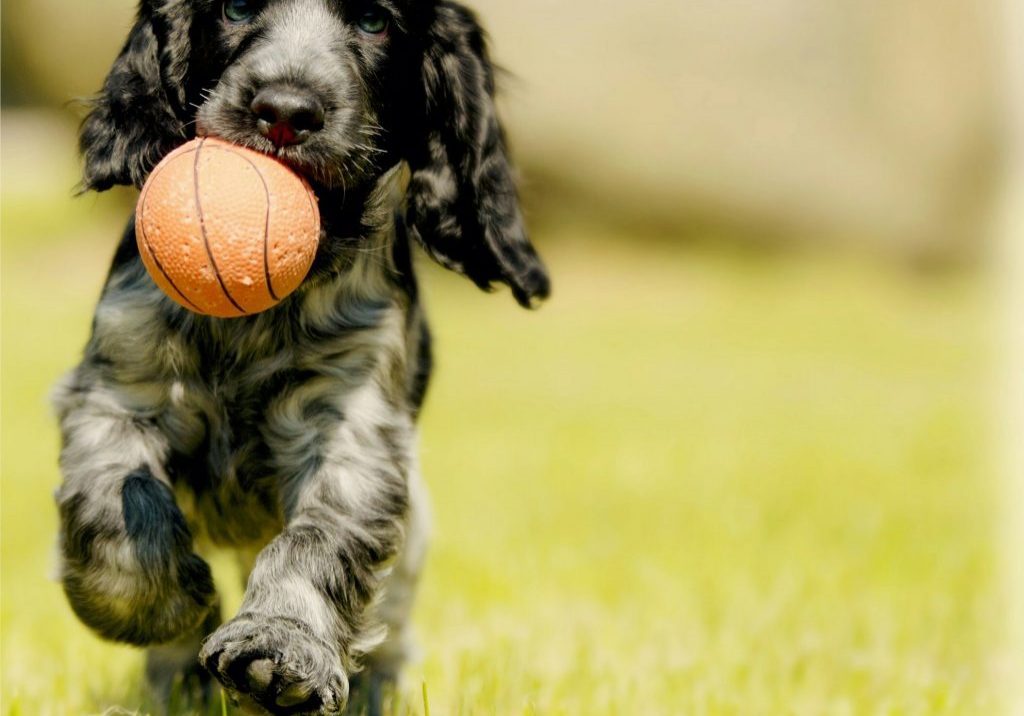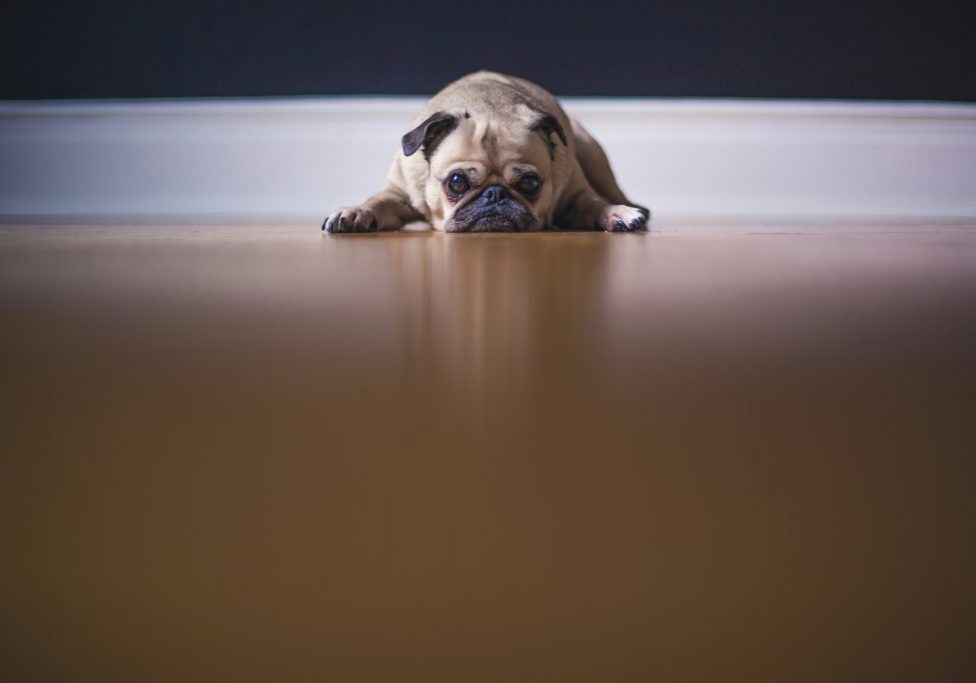House Proofing Your Home For An Ageing Dog
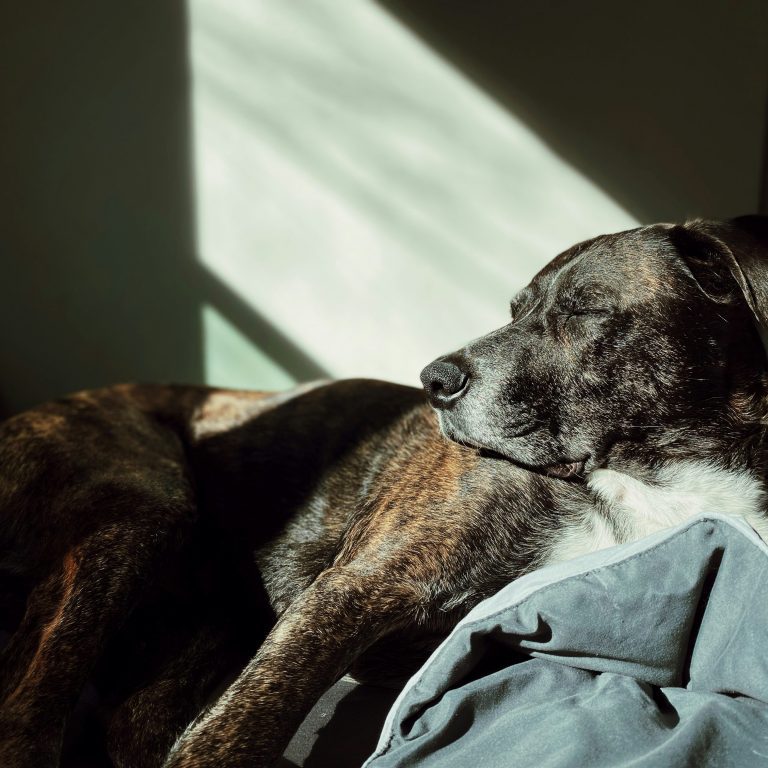
hwllo-sniffer.co.uk/house-proofing-your-home-for-an-ageing-dog
December 9, 2024
Sniffer_Admin
As your dog grows older, their needs change in ways that might catch you off guard. Suddenly, the stairs they used to bound up are a challenge, and their favourite lounging spot on the couch becomes a struggle to reach. Just like humans, ageing dogs benefit from an environment tailored to their needs. By making a few thoughtful adjustments, you can ensure your senior dog feels safe, comfortable, and loved in their home.
Think About Floors First
Slippery floors are a common hazard for older dogs. Hardwood, laminate, or tile can make it harder for ageing joints to get a good grip, increasing the risk of falls or injury.
- Rugs and Runners: Adding rugs or non-slip mats in high-traffic areas can make a world of difference.
- Paw Pads: If rugs aren’t your thing, you can invest in dog-specific grippy paw pads to help your pooch gain traction.
Adjusting Their Sleeping Arrangements
A cosy bed is more than a luxury—it’s essential for an older dog who may have stiff joints or arthritis. Their once-loved sleeping spot might not cut it anymore.
- Orthopaedic Dog Beds: These beds provide extra cushioning and support for achy joints.
- Low-Entry Options: If your dog has trouble climbing into raised beds, look for options closer to the ground.
- Warmth Matters: Consider beds with heating elements or cosy blankets for colder months, as older dogs feel the cold more acutely.
Rethink Access Points
If your dog has trouble getting around, it’s time to reevaluate how they access their favourite spots.
- Stairs and Ramps: Small sets of stairs or ramps can help them get onto furniture or into the car.
- Block Off Stairs: On the flip side, if navigating the stairs has become dangerous, consider installing baby gates to prevent accidents.
- Elevated Bowls: Raising their food and water bowls can ease the strain on their neck and shoulders.
Keep Everything Within Reach
Older dogs may have less energy and mobility, so it’s a good idea to make life as easy as possible for them.
- Food and Water: Keep bowls in easily accessible locations.
- Toys and Comfort Items: Ensure their favourite toys or blankets are within reach and not tucked away in hard-to-access corners.
Monitor Temperature Changes
Older dogs are less capable of regulating their body temperature, making them more vulnerable to extreme cold or heat.
- Cooler Months: Invest in warm blankets and draft stoppers to keep their sleeping area snug.
- Hot Weather: Use cooling mats or ensure they have access to a fan or shaded areas in summer.
Bathroom Breaks Made Easier
Bladder control can decline with age, meaning your dog may need more frequent potty breaks.
- Easy Outdoor Access: Install a doggy door if possible, or make sure someone’s around to let them out more often.
- Indoor Solutions: For dogs struggling with outdoor trips, consider training pads or indoor dog toilets as a backup.
Read our guide on creating the perfect outdoor space for your dog.
Minimise Clutter
Older dogs are more prone to bumps and falls, especially if their vision is declining. Clear walkways and keep toys or other hazards off the floor to prevent accidents.
Watch Out for Household Toxins
As your dog’s curiosity and energy decrease, you might not think of them as mischievous anymore—but it’s still important to keep harmful items out of reach. Household cleaning products, medications, and certain foods should remain securely stored.
Provide Mental Stimulation
An ageing dog’s physical needs often overshadow their mental health, but they still need stimulation to stay sharp.
- Interactive Toys: Puzzle feeders or slow feeders can engage their minds while being gentle on their aging bodies.
- Gentle Play: While high-energy games might be off the table, short sessions of fetch or hide-and-seek can keep them active.
Regular Vet Visits
While not strictly a house-proofing tip, staying on top of your dog’s health is essential for adapting your home effectively. Your vet can identify new challenges and help you address them before they become significant problems.
Final Thoughts
House proofing your home for an ageing dog doesn’t have to be an overwhelming task. With small changes—like adding rugs, investing in an orthopaedic bed, or providing easy access to essentials—you can create a safe and nurturing environment that supports their golden years.
Your older dog has spent years bringing joy and companionship to your life. Now’s your chance to return the favour by making their home a sanctuary of comfort and care. After all, isn’t that what they deserve?
